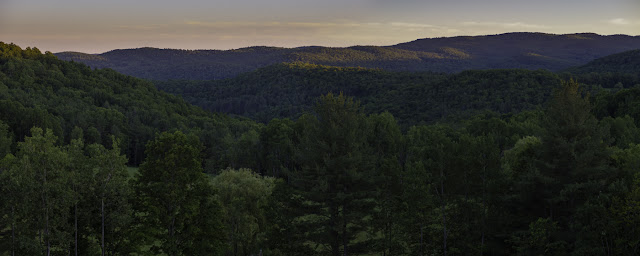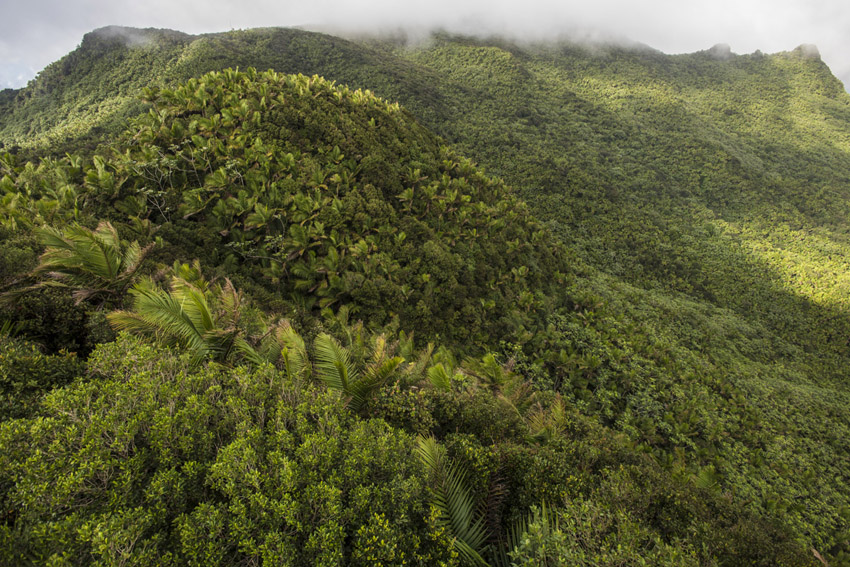This aint no party. This aint no disco. This aint no foolin around.....
https://www.youtube.com/watch?reload=9&v=jShMQw2H2cM
 |
| We are trying to hold it together. Where has everyone gone? |
•
•
We are all looking at the reality of at least a year of switching our priorities to something closer to survival mode. Being concerned with high art or what esoteric or decorative piece would go well on a given wall will be taking a back seat for a while. No harm in that, unless you happen to be making your living from those less basic pursuits.
 |
| We are still working on social distancing |
•
•
 |
| We are digging in for the long haul at home, hording whatever we can. |
•
 |
| How many rolls of toilet paper does one need? |
•
•
Fortunately we are moving out of heating season (and maybe into the hunting season) so utilities should be less. Outdoors is where we want to be, not hiding indoors. Fortunately I can do that with little worry. Find a way that you can too.
 |
| Finding a roof top is a good option. |
•
 |
| Or finding a place where people don't usually go. |
•
•
What good do I see coming out of this pandemic? Hopefully, less nastiness and more humbleness and empathy all around. We have gotten way too cocky and being knocked down a few notches by mother nature now and then seems inevitable.
 |
| There are still grave stones in the middle of Manhattan. |
•
•
 |
| Is this the calm before the storm? |
•
•
Yes, large parts of the US could become a third world country in the near future. What would this look like. Many parts already are. The distribution of have and have not will most likely become more uneven.
 |
| New York CIty will likely be walled off. |
•
 |
| Castle prisons in the sky. |


















































